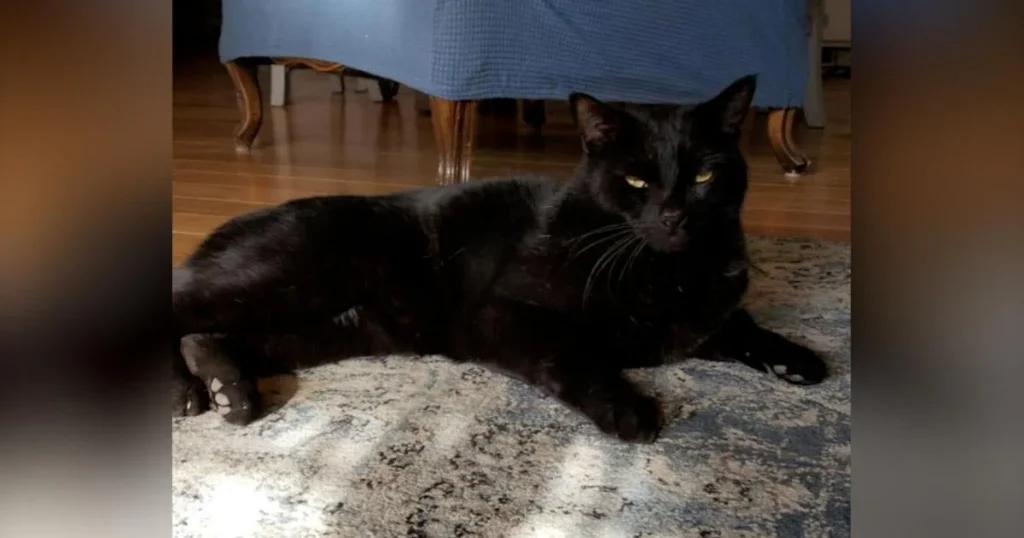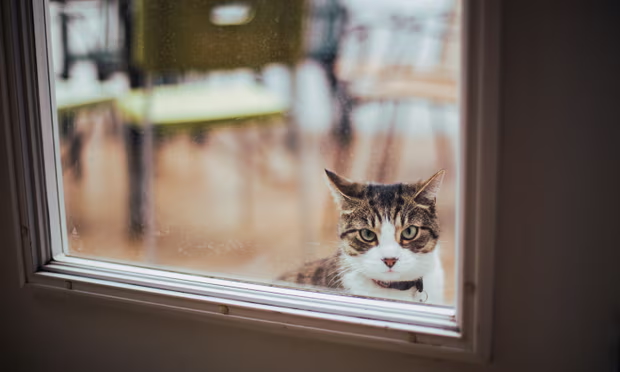Cats’ Mischievous Behavior in Frigiliana
In the small town of Frigiliana, Spain, a case of feline mischief has captured local and scientific interest. A mother cat and her two kittens have been on a remarkable stealing spree, collecting items such as socks, underpants, baby cardigans, gloves, and more socks. While it’s not uncommon for cats to exhibit such behavior, this case has sparked curiosity about the reasons behind these antics.
Unusual Behavior

Typically, cats are known for bringing home dead or dismembered prey. However, the appearance of household items is more puzzling. Dr. Auke-Florian Hiemstra, a biologist at the Naturalis Biodiversity Center in Leiden, says, “Cats worldwide show this behavior, but it hasn’t been extensively studied. This Frigiliana case might prompt further research.”
Impact on the Owner
Rachel Womack, the owner of the Frigiliana trio—Daisy, Dora, and Manchita—finds herself overwhelmed by their loot. The cats have brought home over 100 items a month, including a stuffed bear and a baby’s shoe. Returning these items to their rightful owners is challenging due to the sheer volume of stolen goods.
Similar Cases
Frigiliana is not alone in this phenomenon. Charlie, a rescue cat from Bristol, is known as Britain’s most prolific cat burglar. He has returned with plastic toys, clothes pegs, and even a rubber duck. His owner, Alice Bigge, once found a plastic diplodocus by her pillow. Similarly, Dusty from San Mateo, California, has amassed over 600 stolen items, including Crocs, a baseball cap, and swimming trunks.
Theories Behind the Behavior
Dr. Claudia Vinke from Utrecht University and Dr. Hiemstra have proposed several theories on why cats engage in this behavior. Possible motivations include:
- Attention Seeking: Cats may crave attention from their owners.
- Playful Instincts: This behavior could be an extension of their hunting instincts.
- Territorial Marking: Cats might be removing particularly smelly or freshly washed items from their territory.
Dr. Vinke notes, “When you pay attention to the cat, you reinforce the behavior.”
Attractiveness of Items
Dennis Turner from the University of Zurich suggests that lanolin in woolen and plastic items might attract cats. To discourage this behavior, Turner recommends leaving the room silently when the cat brings in an item and disposing of the object after the cat has left.
Basic Instincts
Daniel Mills, a professor of veterinary behavioral medicine at the University of Lincoln, adds that cats might bring home strange items due to basic hunting instincts rather than a desire to give gifts. “Animals, including humans, respond to simple stimuli,” he explains.
Self-Serving Actions
Jemma Forman, a doctoral researcher at the University of Sussex, agrees, stating that cats’ actions are usually self-serving. “Cats are generally doing it for their own reasons rather than as gifts.”
The Frigiliana cats’ case and similar stories continue to fascinate and perplex both researchers and pet owners, providing intriguing insights into the complex behaviors of our feline companions.
4o mini
